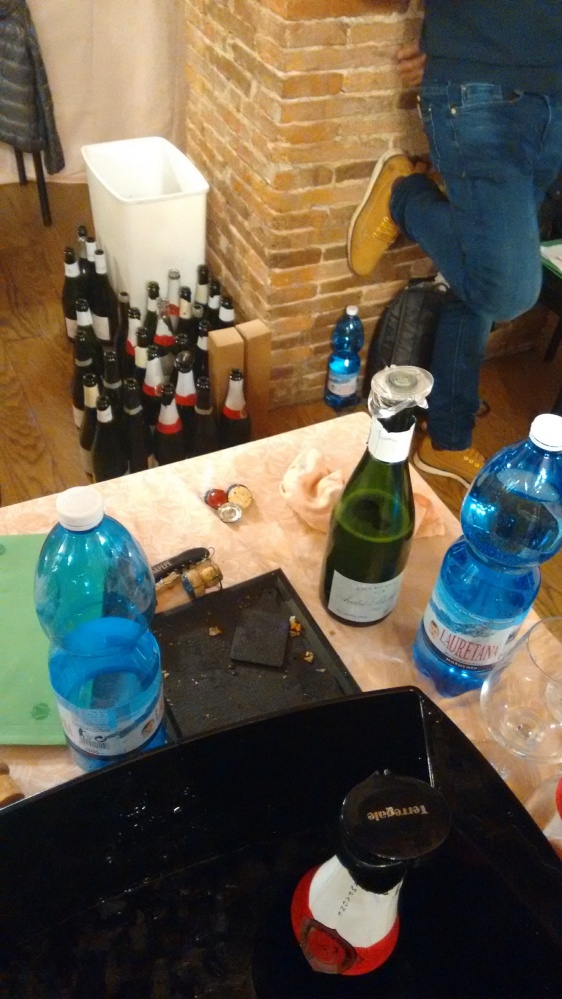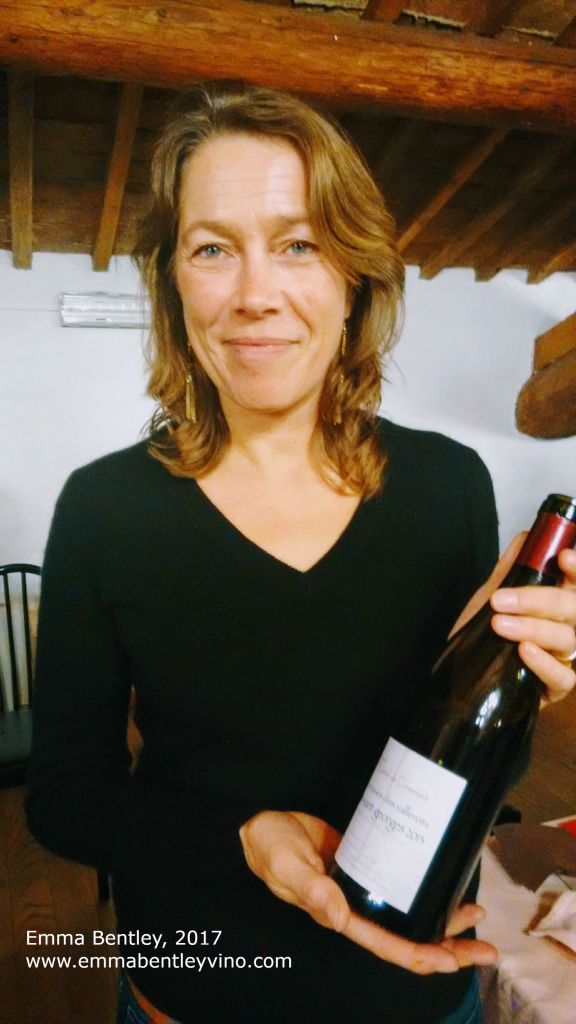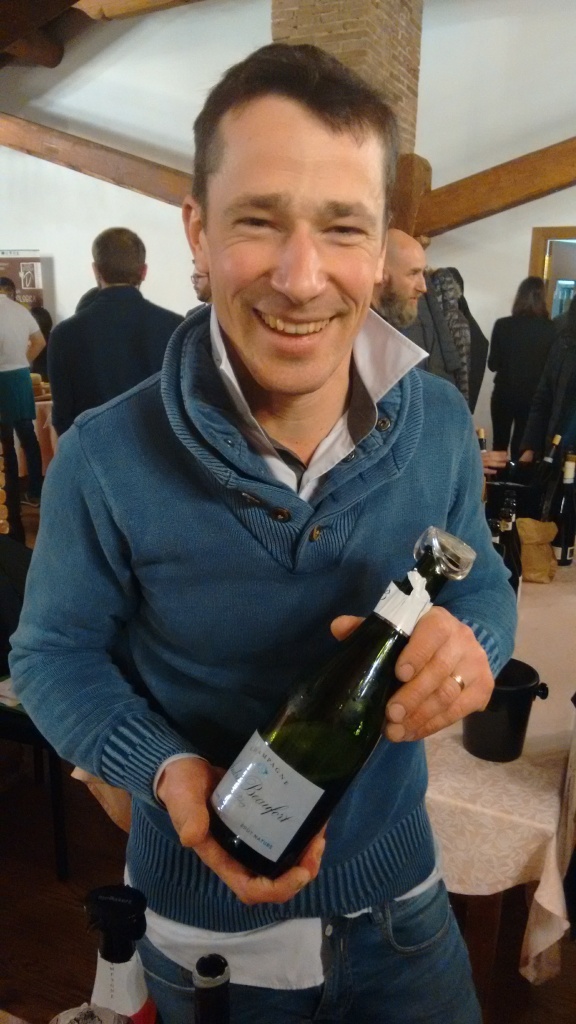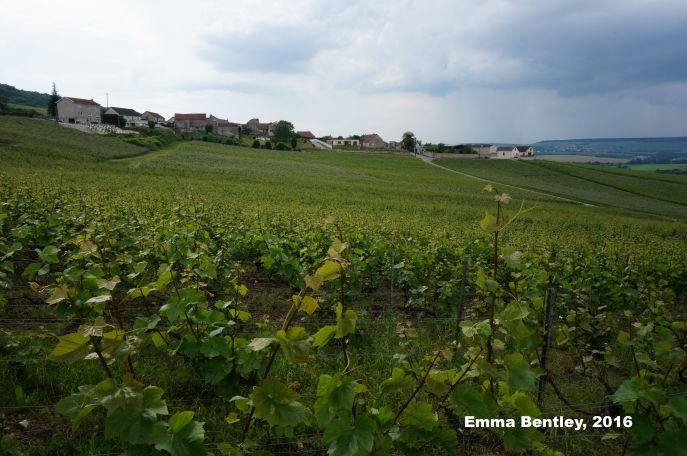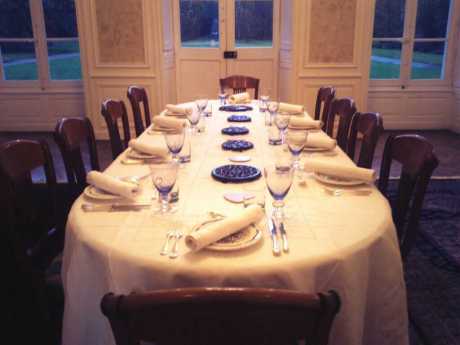I got thinking this morning as I was in the car, listening to the radio, about music. More specifically, how some songs have the unique ability to transport you back to a particular moment in time. Whether anguish or excitement, some songs encapsulate and even accentuate the emotion and when, maybe years later, you hear the opening chords, all the feelings you had during that particular break-up or road-trip come flashing back.
Books are different because, while they can trigger similar emotive reactions, they are a distraction from your current situation and they transport you to a new place, away from any grief or hardship. Unlike music, if you were to re-read a favourite book years later, you may enjoy it just as much, but you will most likely interpret it from a new perspective.
The impact of a good wine lies somewhere in between. To the question “what’s the best wine you’ve ever drunk?” we have all heard the response: “it was the bottle we had on the first date with my future spouse.” Like when you browse through Spotify, when you choose a wine, you are deciding what kind of ambiance you want to set. Whilst there’s a sea of mundanity to wade through – in music too – when you take the first sip of a really good wine, it provokes an instant “wow” which elevates the moment and imprints itself in your memory.
It’s easy for wines and wineries to retain that special place once the sentimental connection has been created. A quick photo of the label and the memory has been immortalised.
There is a wine – “Tout Naturellement” from Florian and Mathilde Beck Hartweg – which I choose when I’m stressed or upset because the initial sniff can alleviate that tension simply through its familiarity. Most of the time, however, while I might be able to remember my tasting notes of a given wine, I can’t remember the exact taste of the wine on my tongue in the way that I can recall song lyrics, hum the melody and relive the feelings.
That is probably because, when you return to a wine which once had forged an emotional association, you look at it through a different lens. Maybe the expectations are higher, maybe your taste has changed, maybe the wine has changed. While it may prompt you to remember the first time you tried it, the memories don’t come flooding back as they would with a song on the radio. It’s more like a book. Your perspective is everything.
In The Vineyards With: Melanie Tarlant (Champagne)
Tarlant is the Champagne house which has accompanied most of our special occasions. It is a winery Alessandro knew because they are longtime members of the VinNatur Association and which I knew because I count Melanie (and now Daniel) as friends. When I moved in with Alessandro, we popped a bottle of their Brut Nature “Zéro.” We drank Cuvée Louis to celebrate the birth of our first born (a gift from Micheline months earlier, when I told her I was pregnant.)
It was our wedding anniversary recently, and of course, I reached again for a bottle of Tarlant. This time it was a bottle of “Zéro” that I bought during a visit to the winery in the spring of 2016.
Alessandro wasn’t feeling too well so we only drank half a bottle and, as we often do, saved the rest for the next day. The thing is, the next day the baby got sick and he’s been in hospital for three days now so Ale and I have been passing like ships in the night, alternating shifts at his bedside, juggling work and our daughter. As I was rummaging in the fridge this morning for something to take for lunch in the hospital, I spotted that bottle of Tarlant in the door of the fridge, still half-finished.

Let’s hope the baby gets discharged from the hospital tomorrow (keep your fingers crossed!) and we can sit down at home all together and enjoy the rest of the bottle. The bubbles may have lost their effervescence, and we too will be more exhausted than usual, but I’m sure the taste of the wine will be even sweeter because of the wait. It will then, of course, become another memory engraved on my heart.


